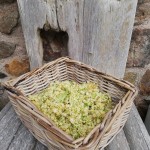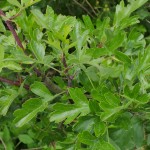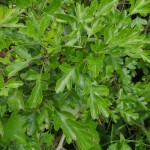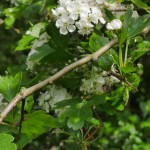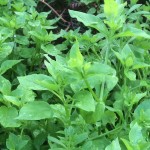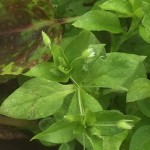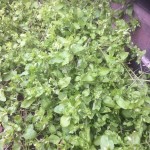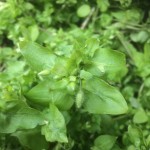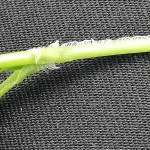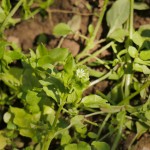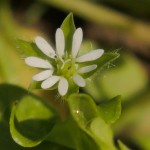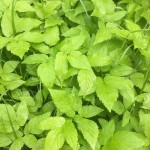Chickweed
Common names: Chickweed, Starweed, Chickenwort, Winterweed, Craches, Maruns
Scientific name:, Stellaria Media
Description
Chickweed is an annual flowering plant which is very common and can be found almost all year round. It grows close to the ground and shallow rooting. The leaves grow opposite each other on a long trailing stem and are small and oval with a slight point. Along the stem runs a thin line of fine hairs. The flowers are small and white with five petals but look like 10 because of the deep split down the centre of each one, this is shortly followed by a seed pod.
Habitat
Chickweed can be found in lawns, meadows, woodlands, disturbed soil, borders and veg plots. I even find it growing out of the cracks in pavement.
Uses
This is a nutritious, delicious edible plant. The whole plant can be eaten raw, added to a salad or cooked Please note when using for a salad ingredient, I tend to use the raw, fresh, top part of the plant as this is less fibrous and more palatable.
Medicinal
In the past chickweed has been used to treat lots of conditions such as; inflammation, arthritis, skin conditions, lung and chest conditions, menstrual pain, constipation, circulatory disorders, kidney problems and mange to name but a few. Chickweed is high in iron. It also contains vitamin C, A, Calcium, magnesium, Manganese, Zinc.
Other Facts
Chickweed contains Saponins that are toxic, but to cause any real problems you would have to eat a very large amount. It should not be eaten when pregnant. As the name suggests chickens and other birds love it and due to its high vitamin C content, sailors used it to prevent scurvy. Stellaria is derived from the word Stella meaning star, due to the shape of its flowers.

